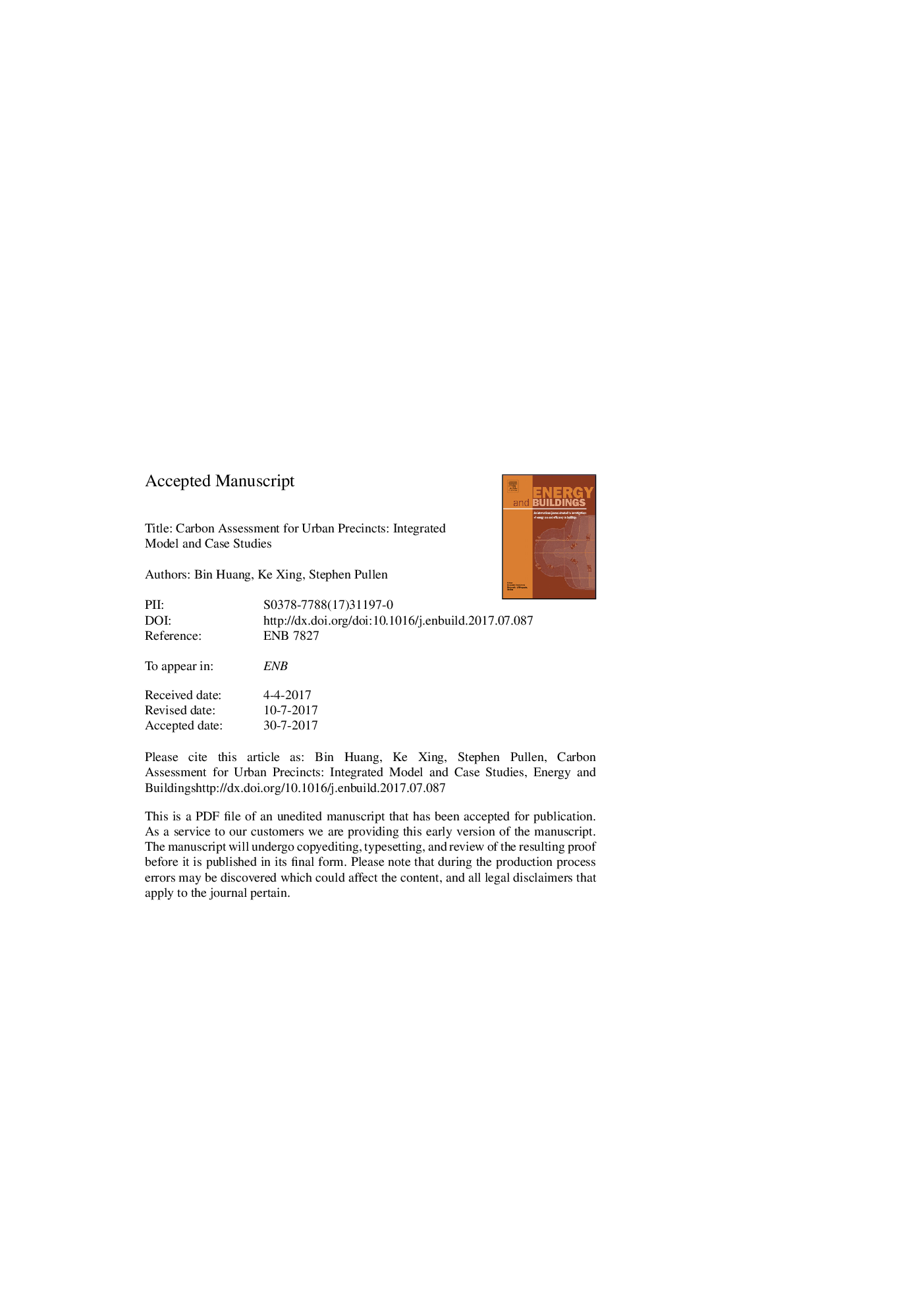ترجمه فارسی عنوان مقاله
ارزیابی کربن برای مناطق شهری: مدل یکپارچه و مطالعات موردی
عنوان انگلیسی
Carbon assessment for urban precincts: Integrated model and case studies
| کد مقاله | سال انتشار | تعداد صفحات مقاله انگلیسی |
|---|---|---|
| 149949 | 2017 | 28 صفحه PDF |
منبع

Publisher : Elsevier - Science Direct (الزویر - ساینس دایرکت)
Journal : Energy and Buildings, Volume 153, 15 October 2017, Pages 111-125
ترجمه کلمات کلیدی
انتشار چرخه حیات، اثرات متقابل، پیش دبستانی، مدل سازی یکپارچه، تعادل کربن،
کلمات کلیدی انگلیسی
Life-cycle emissions; Inter-building effects; Precinct; Integrated modelling; Carbon offsetting;

